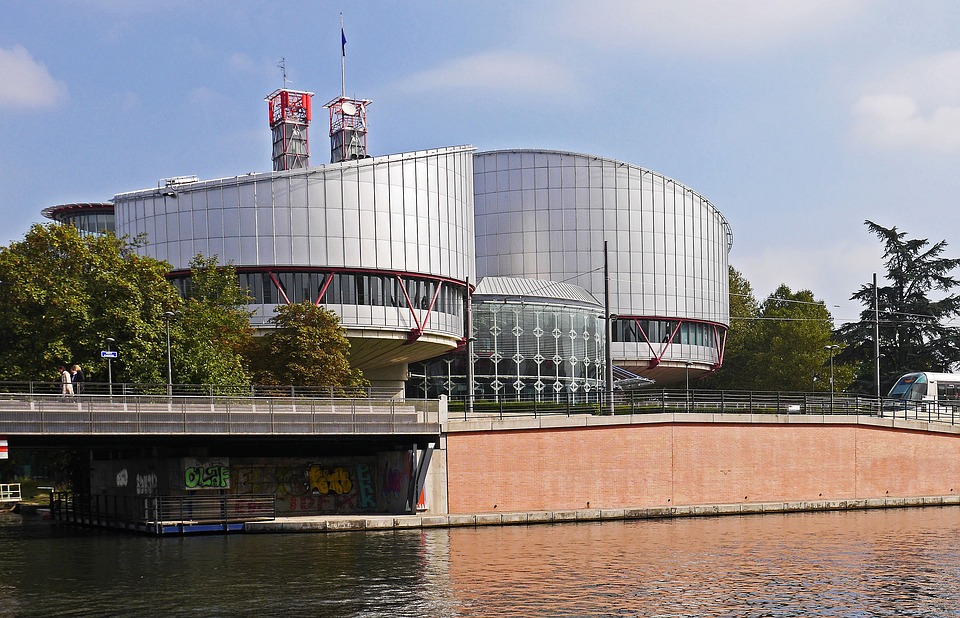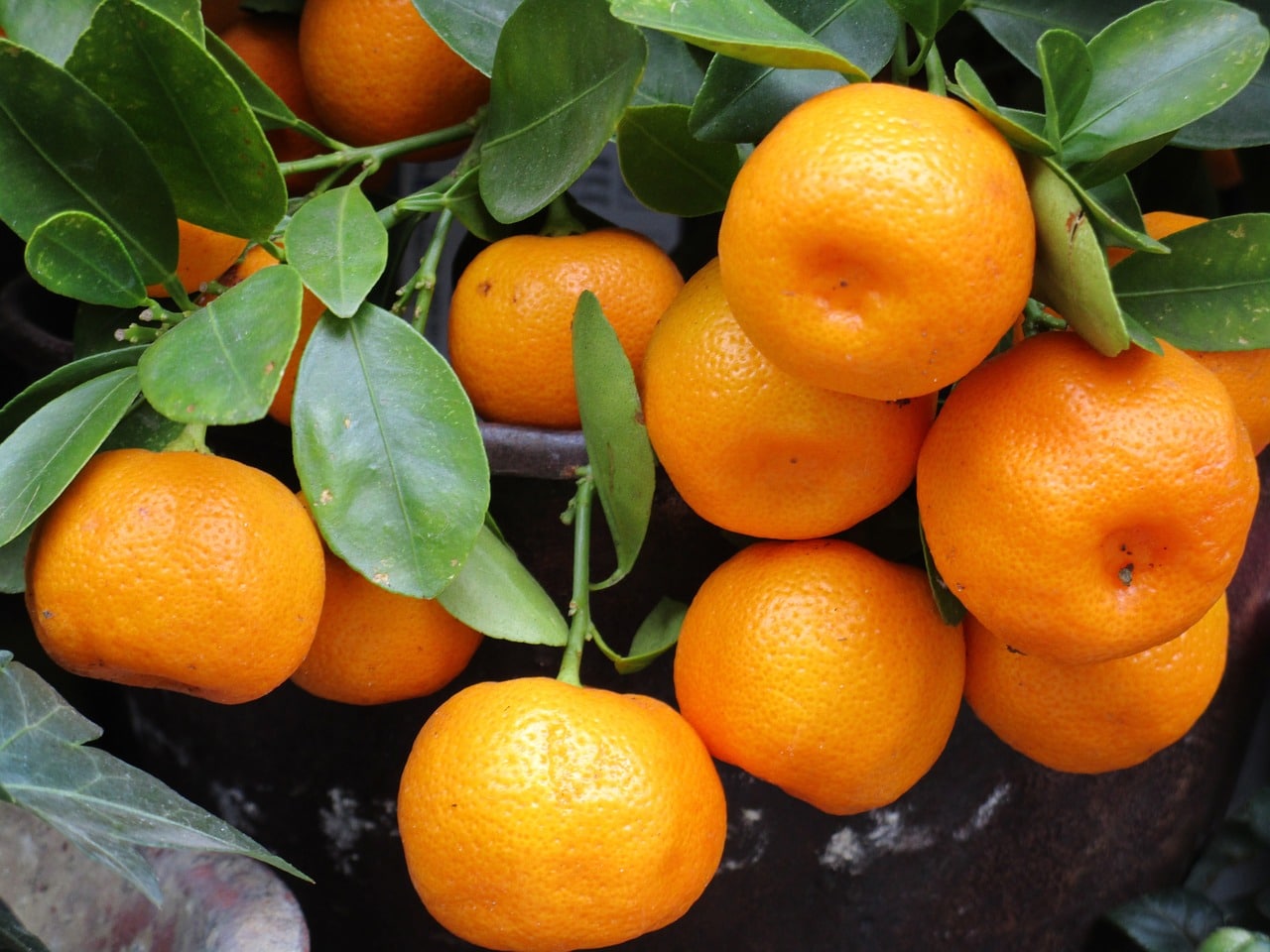The Court of Justice of the European Union (CJEU) published on 19 December 2019 the landmark ruling C-176/18 Club de Variedades Vegetales Protegidas vs Adolfo Juan Martínez Sanchís.[1] This ruling marks a historical turning point insofar the scope of Community Plant Variety Rights (CPVRs), as enshrined in Regulation 2100/94 on Community Plant Variety Rights (hereinafter, “Regulation”), has been clarified. More precisely, the ruling has a substantial impact for title holders of CPVRs, who will now be faced with the limitations established by the CJEU in what concerns the enforcement of their rights.
Factual Background
An application for a CPVR for the clementine variety “Nadorcott” was filed before the Community Plant Variety Office (CPVO) and this application was published in February 1996. The CPVR title for the variety Nadorcott was granted with effect as of November 2005.
Between the time of publication of the application and the time of the grant of the title, Martínez Sanchís, who is a grower and proprietor of an agricultural holding, purchased trees of the variety Nadorcott from a Spanish public nursery that was selling them without the consent of his title holder. Sanchís then planted some of these trees on his field in spring 2005 (before the time of the CPVR grant) and some other in spring 2006 (after the time of CPVR grant).

“Club de Variedades Protegidas” (CVVP), the entity responsible for enforcing the rights of the title holder of the variety Nadorcott, initiated an infringement action against Sanchís for the planting of trees of the variety “Nadorcott” and for the subsequent harvesting and commercialisation of the fruits in the absence of the authorisation of its title holder.
Following a number of court proceedings, the case reached the Spanish Supreme Court, which decided to stay the proceedings and refer three questions to the CJEU for a preliminary ruling. These questions basically boil down to the following two:
- Do growers who plant trees of a protected variety and harvest the fruit thereof, require the authorisation of the title holder of such protected variety pursuant to Article 13(2) and/or (3) of the Regulation? (Questions 1 and 2)
- In cases where the planting of trees takes place before the grant of the plant variety right, but after the publication of the application for such right, are these cases to be regarded as infringing Article 13(2) and/or (3) of the Regulation? (Question 3)
First And Second Questions Referred
Here the CJEU sheds light on the interpretation of Article 13 of the Regulation and the therein depicted so-called “cascade-protection” system.
The cascade-protection system consists in a sort of hierarchic articulation between a “primary protection” regime, concerning variety constituents, and a “secondary protection” regime, concerning harvested material, as laid down in Article 13 of the Regulation:
| 13(1) A Community plant variety right shall have the effect that the holder shall be entitled to effect the acts set out in paragraph 2.
13(2) [PRIMARY PROTECTION REGIME] The following acts in respect of variety constituents, or harvested material of the protected variety shall require the authorization of the holder: Production or reproduction (multiplication); […]Selling or other marketing; […] 13(3) [SECONDARY PROTECTION REGIME] The provisions of paragraph 2 shall apply in respect of harvested material only if this was obtained through the unauthorised use of variety constituents of the protected variety, and unless the holder has had reasonable opportunity to exercise his right in relation to the said variety constituents.
|
The CJEU has ruled that the protection to be afforded to variety constituents is different from that to be afforded to harvested material in accordance with the system of cascade protection, that is, falling under one regime or the other has relevant legal implications.
The CJEU begins by recalling that “variety constituents” must be understood as “entire plants or parts of plants as far as such parts are capable of producing entire plants”, and thus affirms that only plant material with a capacity for propagating can fall under the primary protection regime.
In what concerns “harvested material”, the CJEU observes that in this case, fruit harvested from Nadorcott trees is not liable to be used as propagating material for plants of that variety. Consequently, the CJEU considers that the planting of trees of such protected variety and the harvesting of fruits from those trees cannot be regarded as an “act of production or reproduction (multiplication)” of variety constituents within the meaning of Article 13(2)(a) (primary protection regime), but must rather be regarded as the production of harvested material pursuant to Article 13(3) (secondary protection regime).
Hence, under the secondary protection regime, the authorisation of the title holder of the protected variety can only be required if the two conditions of Article 13(3) are fulfilled.
[tweetshare tweet=”It is from the time of the grant of a CPVR title of protection onwards, when the title holder may assert his/her rights.” username=”cd5536aa65b878605e088fe7c37d4bc0″]
Practical Significance
This finding of the CJEU marks a dividing line between “variety constituents” and “harvested material” in terms of legal protection. In the case of harvested material, two additional conditions must be fulfilled for the authorization of the CPVR title holder to arise as necessary in relation to the acts in Article 13(2) to which he/she is entitled:
- First, the harvested material must have been obtained through the unauthorised use of variety constituents of the protected variety. This means that the secondary protection regime is dependent upon the primary protection regime. One can imagine how complex this can be in probatory terms. Indeed, the gathering of evidence and the establishment of a link leading back to the root of the issue, namely, the unauthorised use of variety constituents in the first place, constitute a challenging exercise for any CPVR title holder and/or a licensee.
- Second, the title holder must not have had “reasonable opportunity” to exercise his/her right in relation to those variety constituents. For instance, in the case at hand, this means that the title holder of the variety “Nadorcott” should not have been able to enforce his right in relation to the allegedly infringing trees vis-à-vis the Spanish nursery that propagated and sold such. Yet, the challenge here lies in demonstrating the existence of a negative premise: proving “not having had reasonable opportunity to”. Unfortunately, the CJEU has not provided any guidance for interpreting this second condition.
In sum, breeders will lose control to a certain extent over the use of their protected varieties regarding the production of harvested material.[2] This is especially concerning for the horticultural industry, for which fruits and cut-flowers represent the main added-value products.[3]
[tweetshare tweet=”Breeders will lose control to a certain extent over the use of their protected varieties regarding the production of harvested material.” username=”cd5536aa65b878605e088fe7c37d4bc0″]
Third Question Referred
By the third question, the Spanish Supreme Court is essentially asking whether Article 13(3) of the Regulation must be interpreted as meaning that the fruit of a plant variety, which is not liable to be used as propagating material, is to be regarded as having been obtained through the “unauthorised use of variety constituents” of that plant variety, where those variety constituents were propagated and sold to a farmer in the period between the publication of the application for CPVR and the actual grant of the CPVR title. To put it simply, the CJEU is being requested to clarify the extent of the provisional period protection as concerning acts carried out prior to the grant of the CPVR title pursuant to Article 95 of the Regulation, by means of interpreting the interface between the said article and Article 13(3).
The CJEU begins by marking a distinction between the definite protection recognised in Article 94 to granted CPVR titles, and the provisional protection period (running from the publication of the application for CPVR but prior to the grant of the title thereof) as embodied in Article 95. These articles read as follows:
|
Article 94(1)(a) [Infringement]: Whosoever effects one of the acts set out in Article 13 (2) without being entitled to do so, in respect of a variety for which a Community plant variety right has been granted; […] may be sued by the holder to enjoin such infringement or to pay reasonable compensation or both. Article 95 [Acts prior to grant of Community plant variety rights]: The holder may require reasonable compensation from any person who has, in the time between publication of the application for a Community plant variety right and grant thereof, effected an act that he would be prohibited from performing subsequent thereto.
|
According to the CJEU, Article 95 refers only to the possibility for the title holder to claim reasonable compensation and, as opposed to Article 94, does not confer on him/her any further right such as the right to authorise or prohibit the use of variety constituents of that plant variety. Hence, the title holder cannot prohibit performance of any of the acts referred to in Article 13(2) on the ground that no authorisation has been given for such performance.
For instance, in the case at hand, the CJEU concludes that those acts of propagation and sale of trees by the nursery to Sanchís that were done during the provisional period of protection cannot be regarded as “unauthorized use” within the meaning of Article 13(3), because no obligation of prior authorisation was due in the first place. Consequently, fruit harvested from those trees cannot be regarded as having been obtained through unauthorised use, even if harvested after the grant of the CPVR.
It is from the time of the grant of a CPVR title of protection onwards, when the title holder may assert his/her rights in accordance with Article 13(3) in relation to those variety constituents that are being propagated and sold without his authorisation.
Practical Significance
The CJEU has made it clear that, whereas the definite protection covers the right to prohibit or authorise the acts referred to in Article 13(2), as well as the right to claim compensation, the provisional protection is weaker and concerns only the possibility of claiming compensation. The date of grant of a CPVR title will thus become determinant in infringement proceedings.
Metaphorically speaking, this finding of the CJEU translates into a situation where breeders have “their hands tied” during the provisional period of protection prior to the grant of the CPVR title for which they have applied. This period can in practice last a considerable number of years, lapse of time during which an applicant for a CPVR is not legitimised to permit or prohibit acts such as, for example, the propagation of the concerned plant variety for which protection has been applied (nor can he/she enforce such rights retroactively once the CPVR title is granted).
Breeders awaiting the grant of the CPVR title for a pending application may potentially be placed in a position where they need to re-evaluate their marketing strategies, including the licensing contracts entered into with growers. The finding of the CJEU leaves indeed an open door for farmers to purchase and propagate a given plant variety prior to the grant of the title of protection for such, and to accordingly avoid liability for their subsequent harvesting activities.[4]
In any case, what the applicant is however entitled to demand, is a reasonable compensation for those acts carried out prior to the CPVR grant (that would have otherwise been forbidden if conducted after such grant). At the least, a minimum safety net in pecuniary terms is guaranteed for the applicants.
Conclusions
The CJEU preliminary ruling in C-176/18, clarifying the scope of CPVR, brings forth some significant legal implications leading to a certainly daunting legal landscape for breeders.
In the first place, a distinction is being marked between, on the one hand, the enforcement of rights relating to variety constituents and, on the other hand, that relating to harvested material. In the case of harvested material, title holders will only have the right to authorise or prohibit acts relating to such where two specific conditions are met, these being onerous to fulfil in practice.
In the second place, another distinction has been established between the provisional and the definite protection period, where the former must be regarded as a merely compensatory mechanism whilst the latter constitutes a proper enforcement remedy.
Applicants for CPVRs and, broadly speaking, breeders, should be aware of the referred distinctions as established by the CJEU and are thus recommended to bear in mind such when adopting legal and marketing decisions.
###
1) Club de Variedades Vegetales Protegidas v Adolfo Juan Martínez Sanchís (C‑176/18) [2019], ECLI:EU:C:2019:1131, available at https://bit.ly/2xUJBHF .
2) Crespo Velasco, Adrián, Plant variety rights: referrals to the CJEU stir up questions with far-reaching consequences. (2019). Journal of Intellectual Property Law and Practice, Volume 14, Issue 3, Pages 197–205, Oxford University Press, https://doi.org/10.1093/jiplp/jpy172 .
3) CIOPORA Position on the Scope of the Right, CIOPORA General Meeting. (2014). Available at https://bit.ly/2x5TmD1 . It is also interesting to read the “Legal Opinion of CIOPORA”, available at https://bit.ly/2RagwPu . In this opinion, pre-dating the publication of the ruling, the questions referred in the CJEU case at issue C-176/18 (2018) are addressed and a different outcome is advocated for.
4) Ibid., Note 1.











